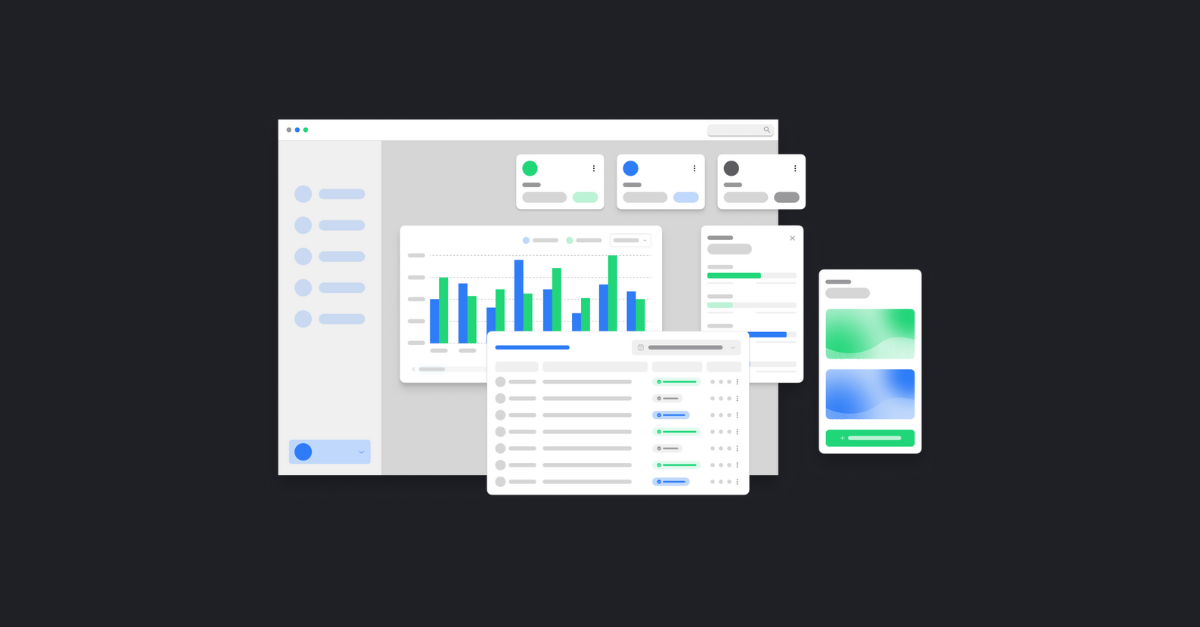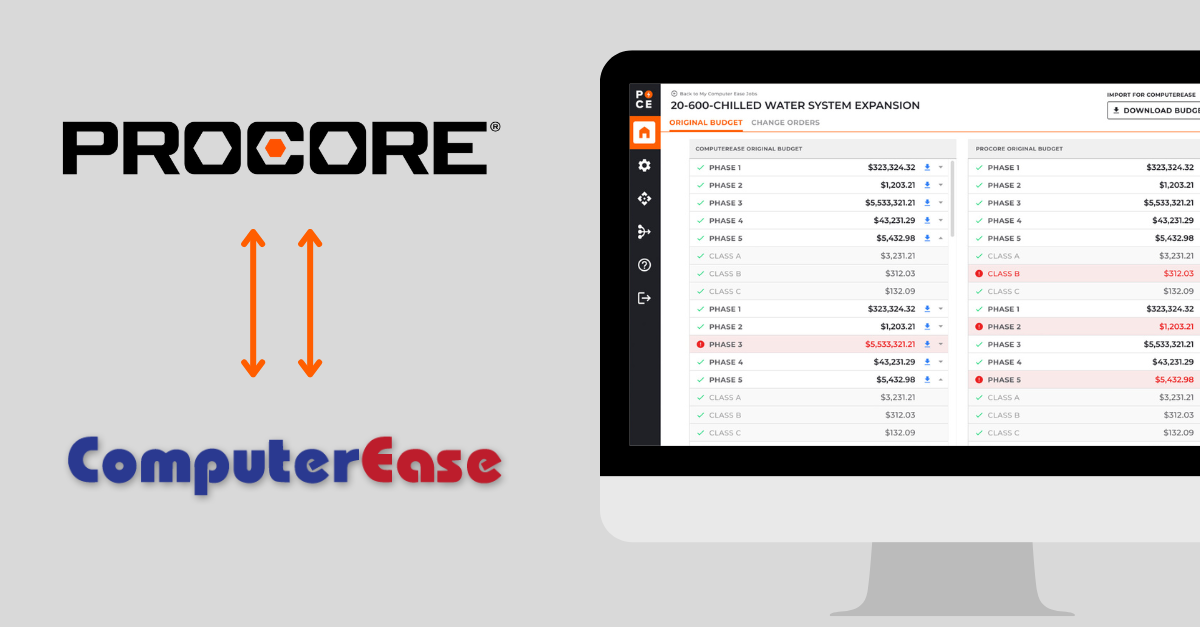At SPARK, we often hear this from business owners: “We’ve been using this off-the-shelf software for a while, but we’ve been experiencing more and more issues with it. We’re wondering if it would be worthwhile to build our own custom software instead to provide more stability.”
Many businesses turn to off-the-shelf, or SaaS (Software as a Service), solutions for good reason. They’re often quick to implement, come with predictable subscription costs, and are well-used within industries. But as your company grows and your processes evolve, you may find that the very software that once helped you is now holding you back.
You might be frustrated with clunky workarounds, paying for a suite of features you never use, or dealing with disconnected data silos. These are common challenges that signal you’re ready for a change.
5 Signs You’ve Outgrown Your Off-the-Shelf Software
When working with clients considering custom software, these are the five most common challenges we hear that can signal you’re ready for a change:
1. Your software dictates your workflow, not the other way around.
Your business processes are unique and are often a key part of your competitive advantage. If you find your team constantly changing how they work to fit the rigid limitations of your software, you’re losing efficiency and potentially compromising what makes your business special.
Tell-tale sign: Your team relies on a patchwork of spreadsheets or other external tools just to fill in the gaps.
2. You’re paying for features you don’t use and missing the ones you need.
Off-the-shelf software is built for the masses, which means it’s often overflowing with features that aren’t always relevant to your team. And, the vendor’s roadmap for future updates doesn’t align with your strategic goals.
Tell-tale sign: You’re paying for a higher-priced tier just to access one or two critical features.
3. Integration issues are costing you time and money.
Modern businesses rely on a variety of tools, and they need to work together seamlessly. If your off-the-shelf software doesn’t integrate with your other critical applications, your team is likely stuck with manual data entry—a tedious process that invites errors and wastes valuable time.
Tell-tale sign: You don’t have a single, reliable source of truth for your business data, making accurate reporting and decision-making nearly impossible.
4. You’re concerned about data ownership and security.
When you use a third-party application, you’re placing your trust in their security protocols and data policies. For many businesses, especially those in industries with strict compliance regulations like healthcare (HIPAA), this can be a significant risk.
Tell-tale sign: You’re limited in your ability to generate the custom reports and dashboards you need to extract meaningful insights from your own data.
5. Your business is scaling, and your software can’t keep up.
The software that worked for a team of ten might not work for a team of fifty. As you add more users and accumulate more data, you may notice a significant drop in performance. The tiered pricing model that was once affordable can become cost-prohibitive as your team expands.
Tell-tale sign: Your software doesn’t adapt well to new business opportunities or shifts in your business strategy.
Take Back Control With Custom Software
Despite the challenges mentioned, some companies are still hesitant to take the leap to building their own custom-tailored software– often because of the price tag. Is it worth the investment?
Moving to a custom solution requires a shift in mindset from seeing software as a monthly expense to viewing it as a long-term asset that drives efficiency and growth.
Learn more about how to compare the pricing of off-the-shelf vs custom software solutions.
Sometimes a simple ROI exercise can help you compare the total cost of ownership of your current software—including subscription fees, training, and the hidden costs of workarounds—to the value of a custom software.
A tool like SPARK’s ROI Estimate Worksheet can help you project the tangible financial benefits that custom software can deliver. Use our worksheet above along with our article to understand how to calculate your different software costs.
Deliver Value and Control Costs with a Strategic Approach to Custom Software
Remember: You don’t have to build your entire dream solution all at once, either. When you’re in control of your software, you can focus on building and prioritizing the most important features your business needs. See how here.
And as your business sees a return from the initial phases, that success can help fund the next stage of development, creating a sustainable path to a comprehensive solution.
Learn more about how a strategic software development process can help you create a viable solution that aligns with your goals, budget, and timeline.
Explore Your Software Option With SPARK
If you’re tired of fighting with your software and are ready for a solution that works for you, perhaps it’s time to consider a custom approach.
At SPARK, we recognize that moving to custom software can be a big step for your organization. Contact our team today to start the conversation. We can help you navigate what the best option is for your business.


